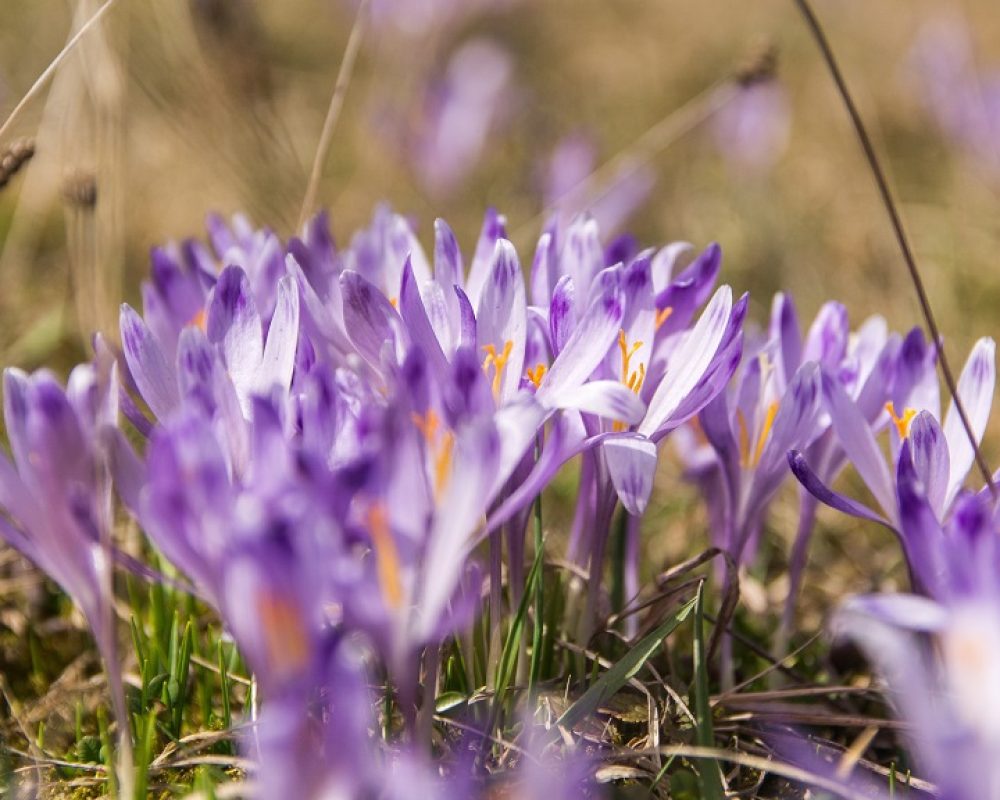History of the park
The Kampinoski National Park was established in 1959 to protect a fragment of the Vistula proglacial valley, and a little over 10% of the area is under strict protection. KPN’s hallmarks are the dunes, the best-preserved such inland complex in Europe, and the swamps, home to Kampinos moose. This interesting landform in the form of alternating bands of dunes and swamps is due to the movements of the glacier.
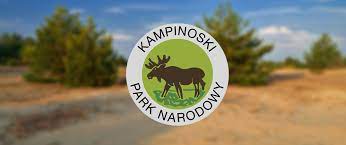
The role of the park in the history of Poland
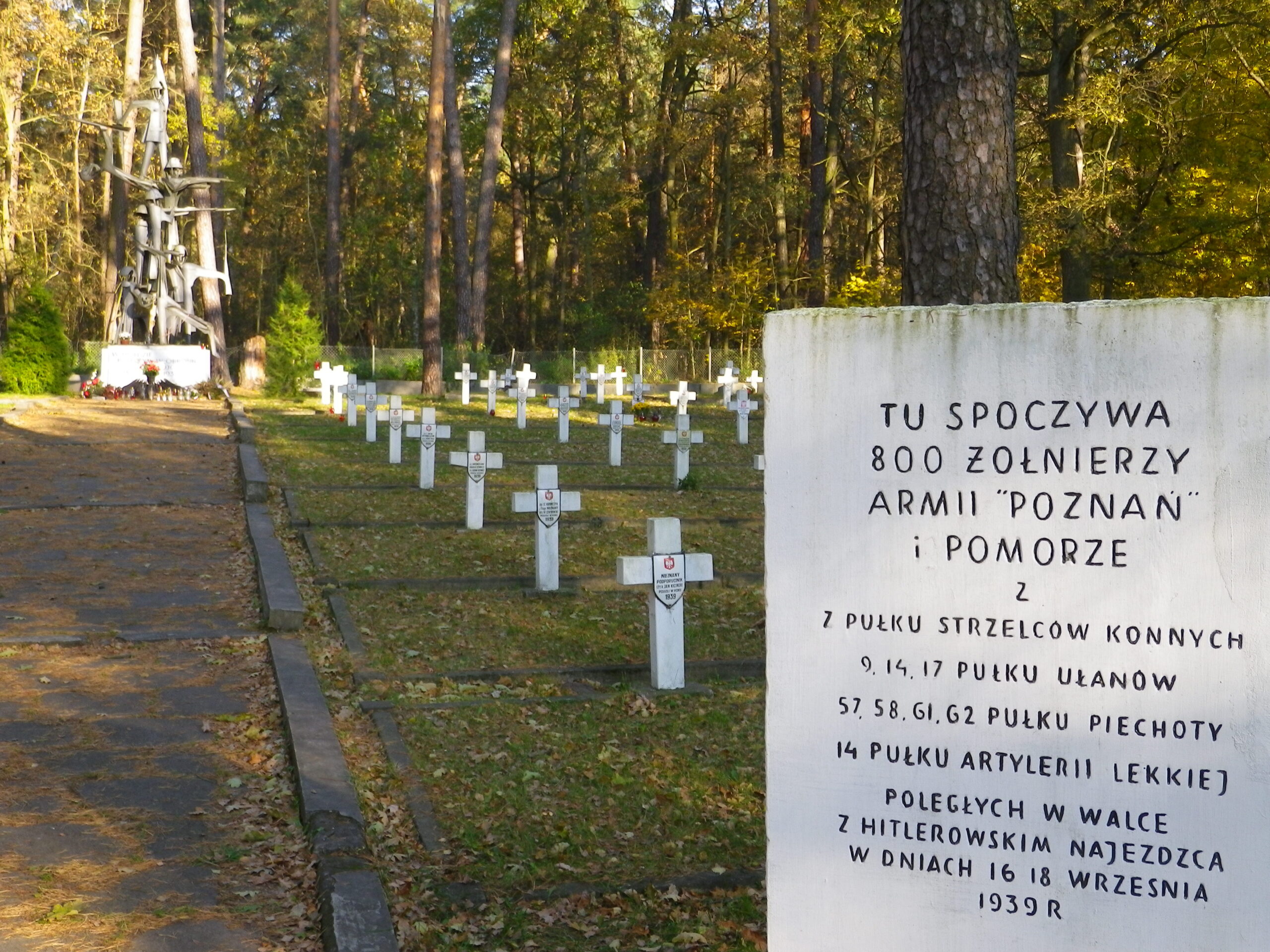
The area of the forest was the scene of almost all important events in the history of Poland. In 1410, the western edge of the forest was followed by Władysław Jagiełło with his army at Grunwald. In 1794, during the Kościuszko Insurrection, the division of Henryk Dąbrowski marched along the northern edge of the forest. During the January Uprising, an insurgent headquarters was located in the village of Kampinos, and the forest provided shelter to Warsaw youth fleeing from the tsar’s captivity. Memories of this period include: the insurgents’ grave in Zaborów Leśny and the Insurgents’ Pine of 1863 in Górki Kampinoskie, on the branches of which the tsar’s soldiers hanged the captured insurgents. The bloodiest period, however, was the period of World War II. In September 1939, the “Poznań” and “Pomorze” armies, going to the relief of Warsaw, were defeated here. Throughout the occupation, the forest was a shelter and a training place for Home Army soldiers. Numbering about 2.5 thousand. soldiers, the Home Army grouping in the Kampinos Forest was the only real help for Warsaw during the uprising in 1944. War memorials are numerous war cemeteries and lonely graves scattered throughout the forest.
Tourism in the park
In the Kampinoski National Park, it is possible to practice hiking, cycling, cross-country skiing and horseback riding. You can ride a bicycle on footpaths, but remember that pedestrians have priority. For weary wanderers, there are rest areas on the tourist trails where you can eat a meal, take shelter from the rain or the sun.
There are 12 recreational glades in the park, where it is possible to organize picnics. Due to the fact that the Kampinoski National Park is highly exposed to fires, any use of fire requires the consent of the park director. Glades are equipped with sheds, benches, benches. There are also playgrounds for children in the Jakubów and Lipków glades.
Na terenie parku istnieje 12 polan wypoczynkowych, na których możliwe jest organizowanie pikników. Z uwagi na to, że Kampinoski Park Narodowym jest silnie narażony na pożary, każde użycie ognia wymaga uzyskania zgody dyrektora parku. Polany są wyposażone w wiaty, ławki, ławy. Na polanach Jakubów oraz Lipków są też place zabaw dla dzieci.
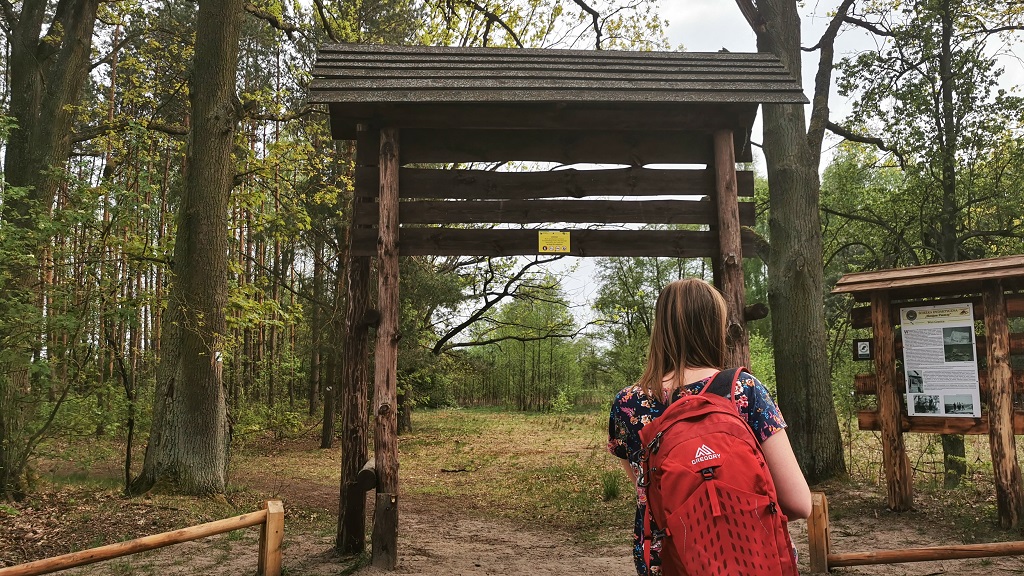
Fauna and flora in the Kampinoski National Park
Nearly 4,000 species of invertebrates, about 30 species of fish, 13 species of amphibians, over 200 species of birds and 50 species of mammals have been found in the park. The symbol of the Kampinoski National Park is the elk (Alces alces), for which the Kampinos Forest is the second largest refuge in Poland (after the Biebrza marshes). The presence of moose in this area is the result of reintroduction programs.
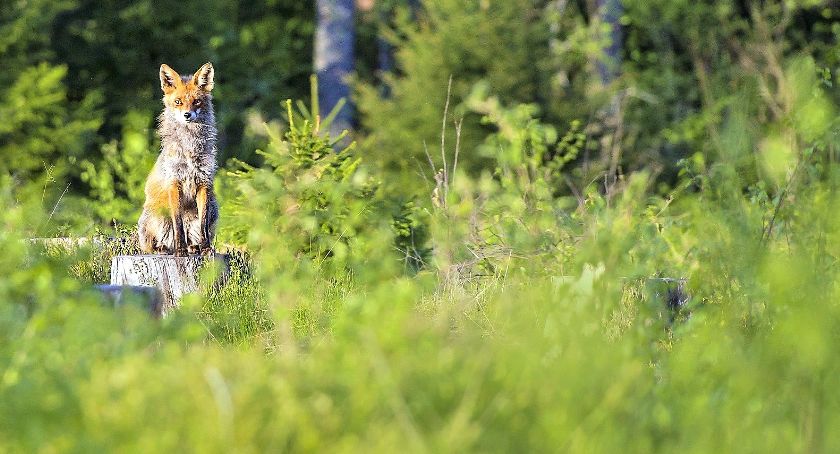
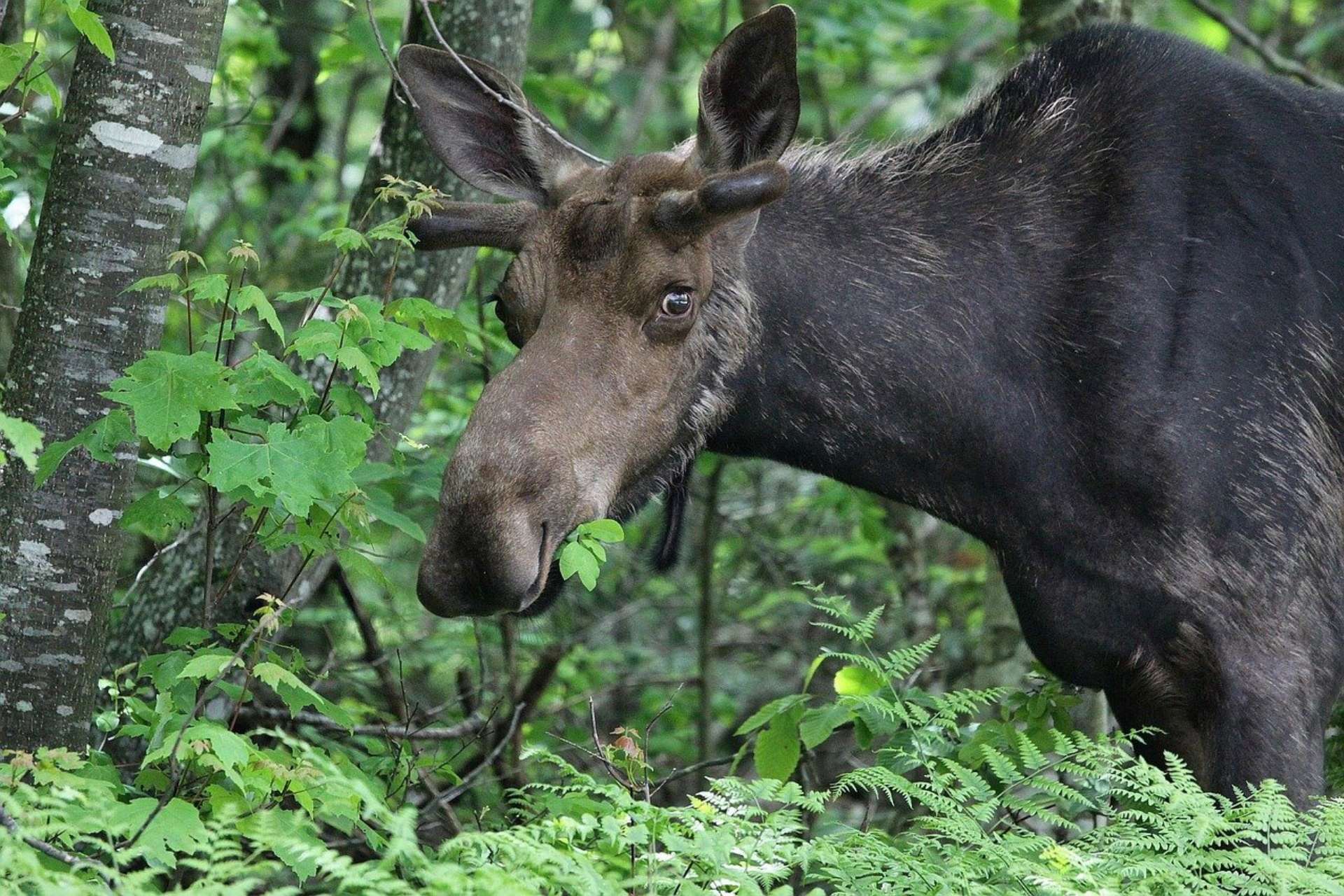
In the Kampinoski National Park, we can find about 150 plant communities, which include over 1,400 species of vascular plants and about 150 species of bryophytes. A very valuable component of the park’s flora is a relic of the post-glacial era – northern chamedafne. A dendrological curiosity is the dark (black) birch – a form of silver birch, the bark of which is devoid of white dye.

